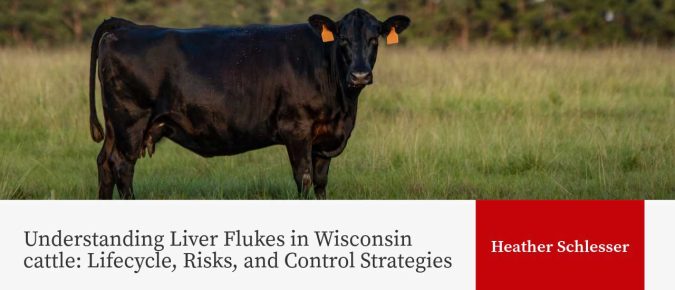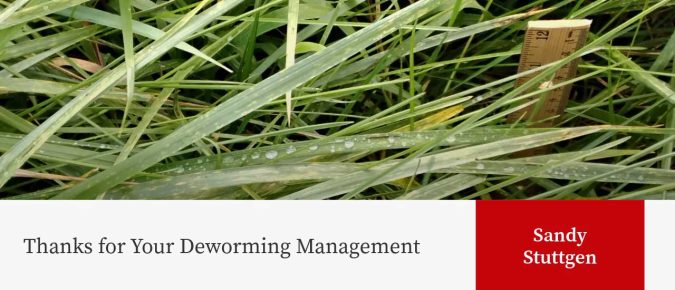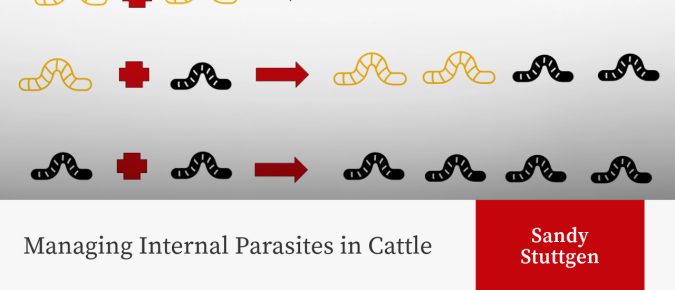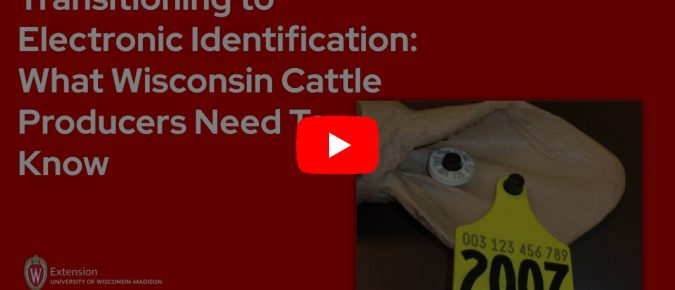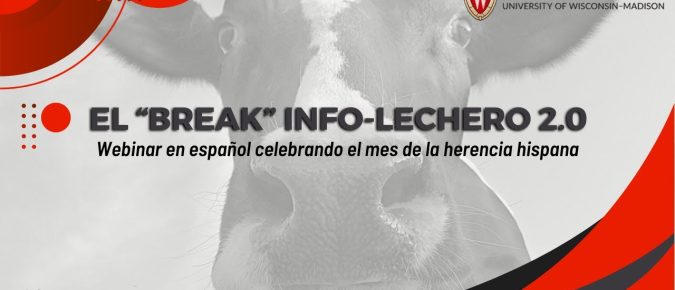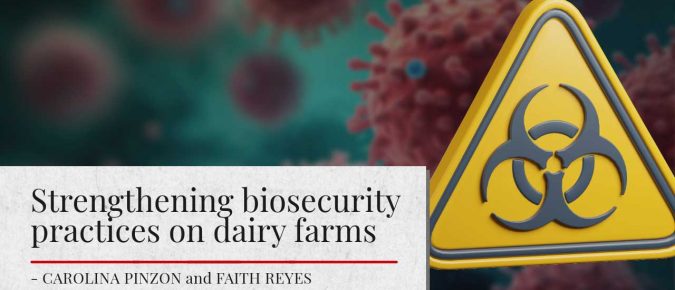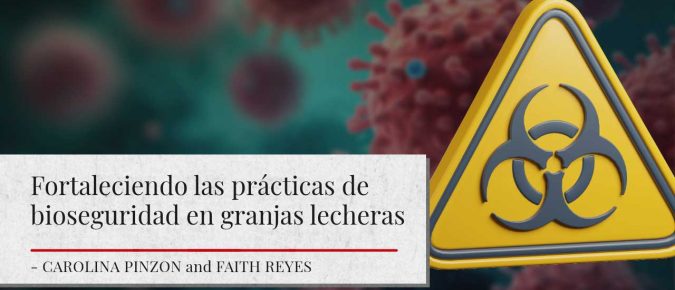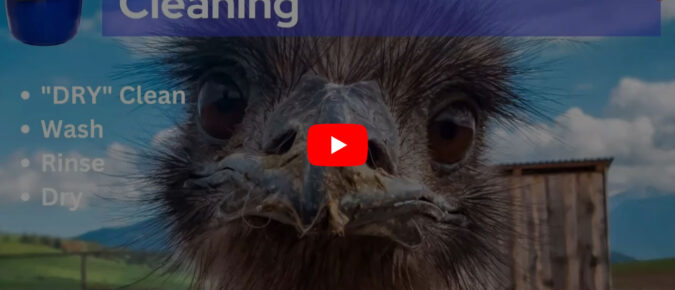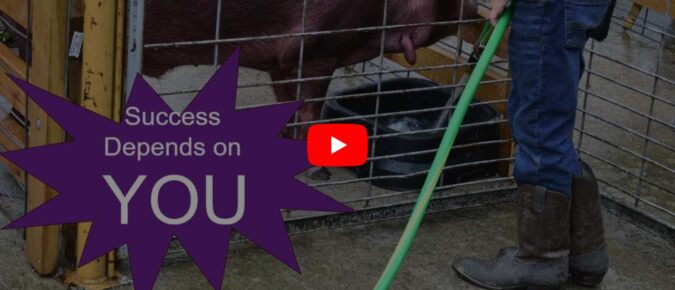Cattle herds in Wisconsin face ongoing challenges from two species of liver flukes—Fasciola hepatica (the common liver fluke) and Fascioloides magna (the deer liver fluke). These parasitic flatworms can cause significant liver damage, reduce animal productivity, and increase the risk of secondary infections, such as Redwater Disease.
“On behalf of intestinal helminth parasites everywhere, I would like to thank dairy and beef producers for hosting us in their cattle and on their pastures this summer. Despite your management efforts, we reproduced inside your cattle.”
Deworming is beneficial for beef and dairy operations, provided it is done correctly with effective products. However, due to anthelmintic resistance, relying solely on dewormers is insufficient.
Bovine leukosis infection in cattle, like PFAS chemicals, is almost universal in dairy herds. Yet, unlike PFAS, we don’t have to resign ourselves to living with it; we can take specific steps toward its control and elimination
The presentation provides an overview of Bovine Leukemia Virus (BLV) including the biology of the virus, impacts on cattle health and production, diagnostics, and control.
UW-Madison Division of Extension Livestock Program facilitated a discussion on Oct 30, 2024, about official identification of cattle using electronic ID and the importance of livestock premises registration.
Enfermedades metabolicas en las vacas lecheras Presentador Resumen Presentador Dr. Eduardo Rico Profesor asistente de Medicina poblacional, Agricultura sostenible y Seguridad alimentaria Universidad de Pennsylvania, facultad de Medicina Veterinaria Resumen La cetosis es una enfermedad que afecta a las vacas lecheras después del parto. Se caracteriza por un déficit de energía en el cuerpo, lo […]
The careful implementation of biosecurity practices is key to protect both people and animals, as well as to ensure a viable and safe food supply for consumers.
The careful implementation of biosecurity practices is key to protect both people and animals, as well as to ensure a viable and safe food supply for consumers.
The Federal order regarding the HPAI (H5N1) virus situation requires testing for specific interstate (across state lines) travel of lactating dairy cattle. Read about different scenarios to assist farmers with understanding the Federal order.
This video focuses on basic biosecurity practices for livestock operations.
This video outlines practices for biosecurity at fairs, shows, and exhibitions.

